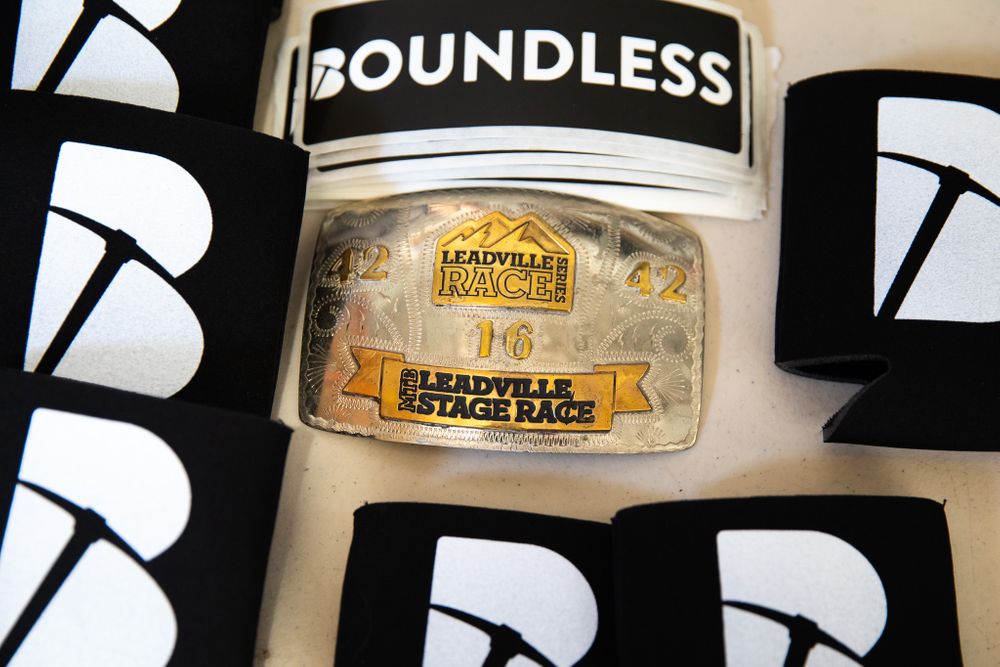Before working with Boundless, I didn't think a strategic training plan was necessary to accomplish my running goals. I am not a pro-runner. I am just a guy who loves to test myself against mountain courses and improve on what I have done in the past. But through working with a Boundles coach, I learned that in order to maximize my potential, my training needed to be intentional.
In high school, I was taught to always push myself; to go harder, and to dig deeper. A running mentor once told me that if everyone else was giving 100%, I needed to give 110% in every run to become stronger and faster than them. Boy, was I wrong! Turns out it is impossible to give 110%. Pushing hard on my everyday easy runs felt good and intuitive, but it led me to injury and a plateau in training performance.
When it comes to training for any long-distance race, strategy is everything. How do you build endurance; train your cardiovascular and musculoskeletal systems in unison, making sure that you are not only able to go the distance on race day, but also crush your goals while feeling good?
To build up your endurance while keeping your body healthy enough to withstand the next big stress, you must calculate each stress you put your body through, how to promote recovery from that stress, and utilize the fitness that recovery induces. It is very calculated, and it is not a “give 100% all the time” approach. Instead, it takes painstakingly building up the distance, slowly but surely. One step at a time, day in and day out. It seemed like a no-brainer. Easier said than executed!
When I was first getting started in longer distances, I thought that I should definitely be running more than 30 miles a week. Probably 40 miles a week, and maybe more than 50. Heck, if I really wanted to progress quickly, why not start off with 60-mile weeks? My unfound confidence came from the mindset I earned in the early days of running cross-country in high school. “Push harder, and you will get faster”.
When I began working with coach Cat and attending runs and training camps guided by the Boundless Coaching team, I began to understand the most important lesson of effective training: rest and recovery is just as important as the stress that training provides. Push harder all the time like that, and your body will break. My body was in an injury and plateau cycle. Not a fitness-building cycle. Once I began to build my fitness by strategically incorporating stress and recovery, things improved.
While I still have a hard time starting slow and turning down the heat on easy days, this balanced approach has led me to fewer injuries, faster races, and feeling stronger during and after my long runs. Training in a way that utilizes stress strategically, rather than compounding stress, is key to reaping the benefits of training. We want to make sure that we don't burn ourselves out, and training without a plan is the easiest way to do that! If you have your plan ahead of time, then the chances you will get to the start line fit and uninjured skyrocket. Just stick to your plan, and if something hurts, alert your coach and adjust accordingly.
After learning how to approach my fitness goals with a calculated plan, I will never go back to my no-plan approach when I am trying to achieve a big goal.
Boundless Coaching, the official coaching partner of the Leadville Race Series, is now offering Leadville-tailored training plans delivered through TrainingPeaks.
These plans are designed to guide you, push your limits while balancing recovery, and help you achieve success no matter where you are on your training journey. Expert coaching, unrivaled experience on the Leadville courses, and training that caters to your needs make these plans a no-brainer for anyone looking to compete in Leadville or simply enjoy their first race day experience.
Check out Leadville MTB and RUN specific Training Plans HERE. And if you're interested in working with a Boundless coach for more 1-on-1 guidance, sign up for a free consultation HERE.
Leadville-specific Training Plans
-Carson Magoon






